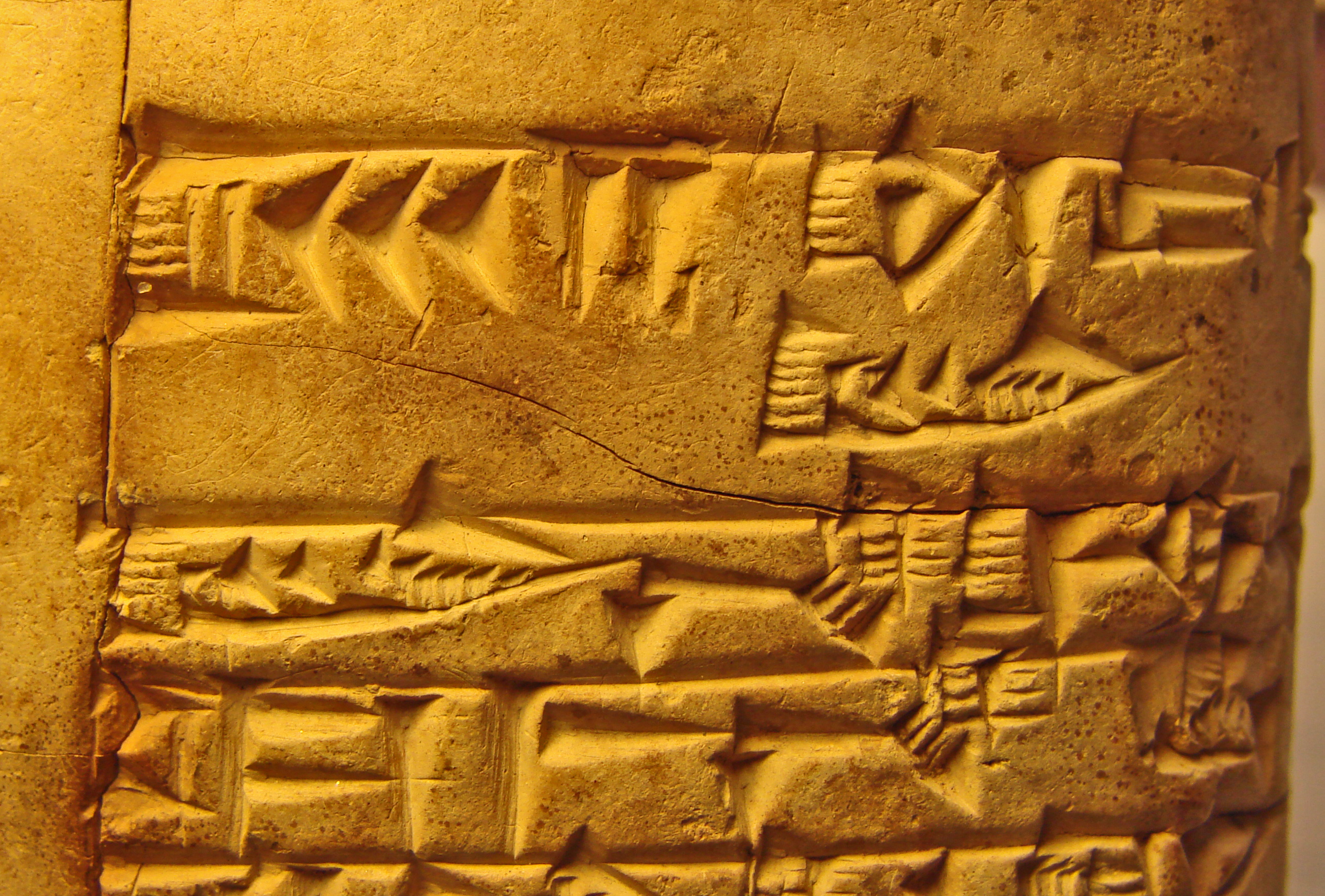An early literary catalogue
Artifact: Clay tablet
Provenience: Unknown
Period: Ur III (ca. 2100-2000 BC)
Current location: Yale Babylonian Collection, New Haven (YBC 03654)
Text genre, language: Administrative text; Sumerian
CDLI page; ETCSL
Description: There are just two tablets known so far that can be considered literary catalogues dating to the Ur III-period, a period where we have near to no Sumerian literature in written form preserved. This tablet in the Yale Babylonian Collection is the more extensive of these two. Such catalogues or inventories collect the incipits of (literary) compositions. The tablet is written in a very fine script with a couple of erasures here and there. It gives us two totals. The first part contains 32 incipits of "royal songs" (en8-du lugal). To these the list adds ten "old"(?) songs (en8-du IGI./SZE3-am3). Although assigning incipits to literary compositions is quite possible for Old Babylonian text inventories (see CDLI-Page or ETCSL), just three of the entries in the Ur III-text can be identified so far. One of them - dumu-an-na, "heavenly child" - may very well coincide with the Adab-song of Baba (see http://cdli.ucla.edu/P345505 or ETCSL). The sign-forms on that particularly small tablet can be dated to either the Early Old Babylonian period or even to the end of the 3rd millennium. One might suggest that our difficulties in identifying the incipits lie in the fact that the textual integrity was still in flux at the end of the 3rd millennium. (Klaus Wagensonner, University of Oxford)
Lineart: Hallo 1963, 171 - 2.
Edition(s): Hallo, W.W. 1963. "On the Antiquity of Sumerian Literature," Journal of the American Oriental Society 83, 167 - 76.
